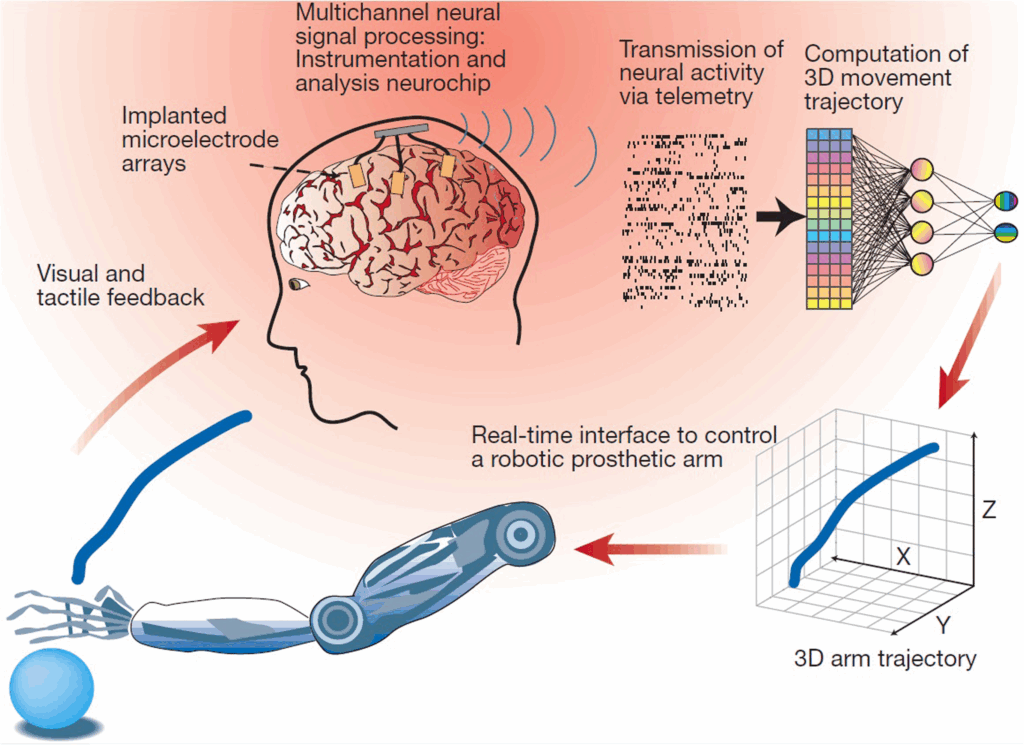Neuralink is entering uncharted territory — beyond neuroscience, but in sheer demand. The Elon Musk-founded brain-computer interface (BCI) company has amassed a waitlist of over 10,000 people eager to receive its N1 implant, according to President and Co-Founder Dongjin (DJ) Seo .
Seo revealed that 12 patients currently have the device implanted as part of clinical trials. They plan to double that number to 25 by year’s end. Each participant is helping Neuralink refine the delicate balance between human biology and machine precision. This is an experiment ajoining hope, ethics, and innovation.
What’s Happening & Why This Matters
The Brain-Tech Revolution Gathers Momentum

Neuralink’s N1 implant, the heart of its Telepathy platform, is designed to interpret a user’s neural signals and convert them into digital commands. Seo says the implant’s latency is ten times faster than natural brain-to-muscle communication. This suggests that in some tasks, the computer responds before the user realizes it .
This unprecedented speed has turned heads in the neuroscience community. Seo even joked that one day, a Neuralink patient could win an Olympic eSports medal, given the system’s near-instantaneous reaction times.
How It Works
The N1 implant’s thread-like electrodes are embedded in the brain to detect electrical activity. These signals are then decoded and transmitted wirelessly to a paired app. There, the system executes the user’s intended actions — whether typing, browsing, or even playing chess.
Neuralink’s first patient, Noland Arbaugh, described how he uses his implant daily for “emails, writing, banking, research, and household tasks.” Another user, known as Alex, uses his implant for social gaming. This highlights the tech’s potential to restore digital independence for people with paralysis.

Building the Future Surgeon
Beyond the implant itself, Neuralink’s custom-built surgical robot has become the company’s most radical innovation. The robot, engineered to drill into the skull and insert electrode threads, automates a process requiring micron-level precision. This accuracy is impossible for even the steadiest human hands.
Seo explained that Neuralink built its robotic system “from Day 1” because the shortage of trained neurosurgeons posed a scalability bottleneck for mass deployment . Musk added on X (formerly Twitter) that “robots will surpass good human surgeons within a few years.”
Carolina Aguilar, CEO of INBRAIN Neuroelectronics, agrees with the principle but adds nuance:
“Neuralink’s surgical robot automates only the most delicate part — inserting ultra-fine threads with precision. A surgeon still handles the craniotomy, anesthesia, and overall safety.”
The Ethical and Regulatory Reality
For all its promise, Neuralink’s work remains experimental. None of its implants — or those from competitors like Synchron — have received FDA approval for commercial use .
Dr. Michael Lawton, of the Barrow Neurological Institute, confirmed that while he has performed several Neuralink procedures, he would “never perform one on a healthy human.” The risks of invasive brain surgery remain substantial, even as precision robotics reduce human error.
Synchron’s less invasive approach — using catheter-delivered electrodes through the jugular vein — contrasts sharply with Neuralink’s skull-drilling method. Yet, Seo and Musk argue that deep integration allows for more accurate readings and faster neural feedback. This cements Neuralink’s lead in the high-risk, high-reward race to merge human minds with machines.
Demand Outpaces Reality
Despite the enthusiasm, only a tiny fraction of the 10,000 interested individuals meet Neuralink’s strict trial eligibility. Candidates must have limited or no hand mobility due to spinal cord injuries or ALS (Amyotrophic Lateral Sclerosis) .
That hasn’t deterred the hopeful. For many, the chance to reconnect digitally through thought alone represents a life-changing frontier. This could redefine accessibility for millions living with paralysis.
The company’s ultimate goal, as Seo put it, is to “expand to the general population.” But until regulatory and ethical hurdles are cleared, the technology remains confined to medical necessity rather than mass adoption.
TF Summary: What’s Next
Neuralink’s 10,000-person waitlist reflects both the excitement and the uncertainty surrounding human-technology integration. The company’s advancements — from its high-speed neural decoding to its surgical robot — hint at a future where BCIs could restore lost functions and eventually enhance ordinary human abilities.
MY FORECAST: Yet, Neuralink’s next phase depends on proving long-term safety, winning FDA approval, and building trust among both patients and regulators. If the company succeeds, its technology won’t just change medicine — it could redraw the boundaries of human experience itself.
— Text-to-Speech (TTS) provided by gspeech


